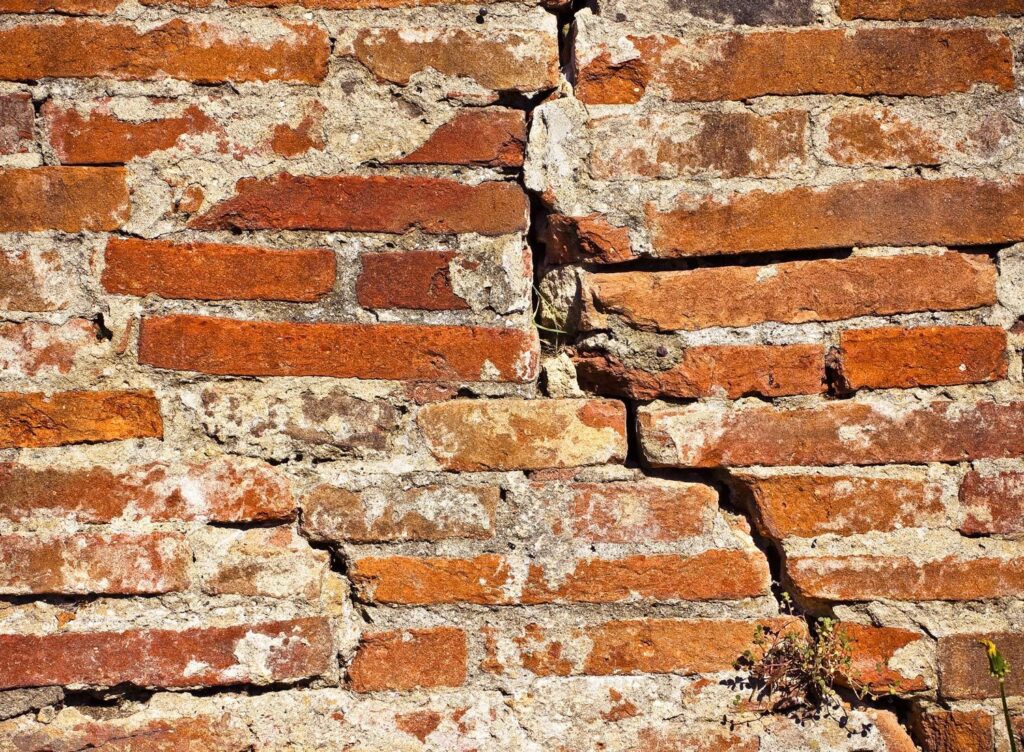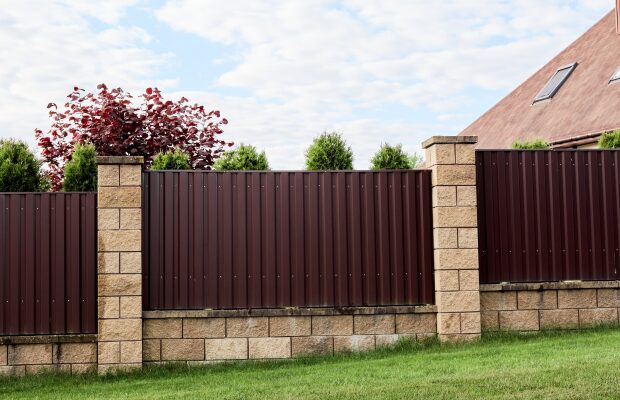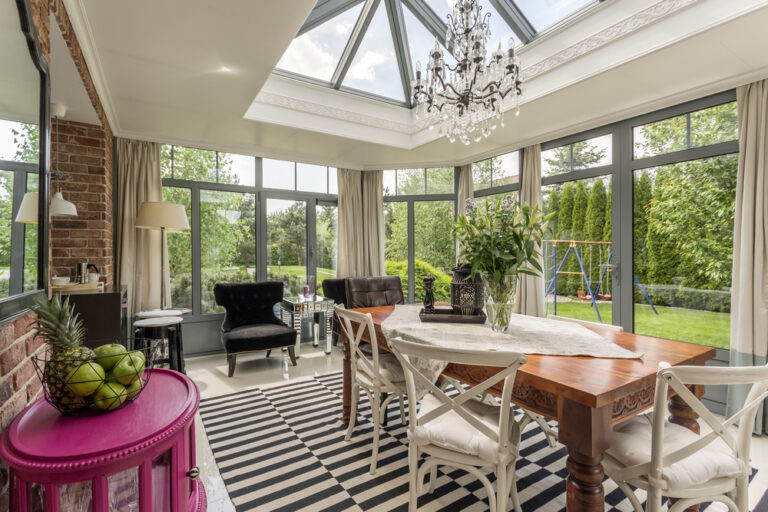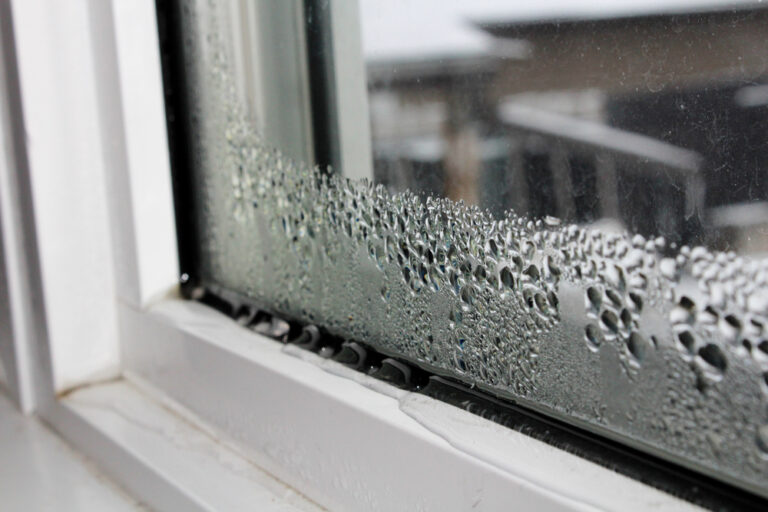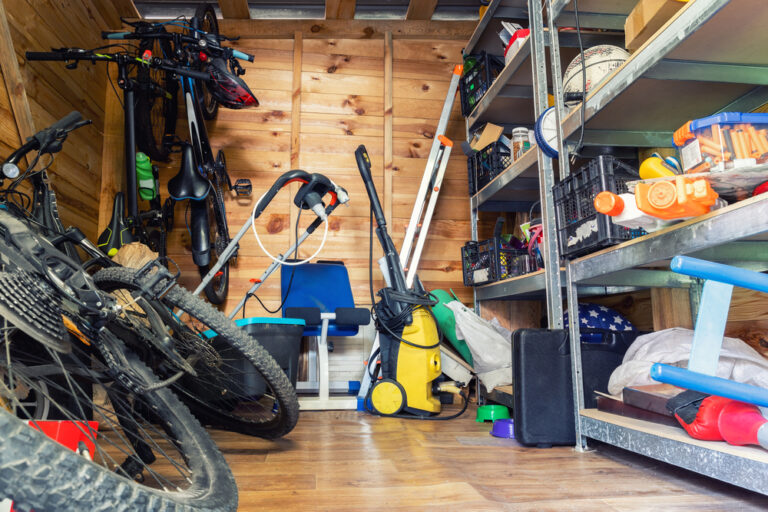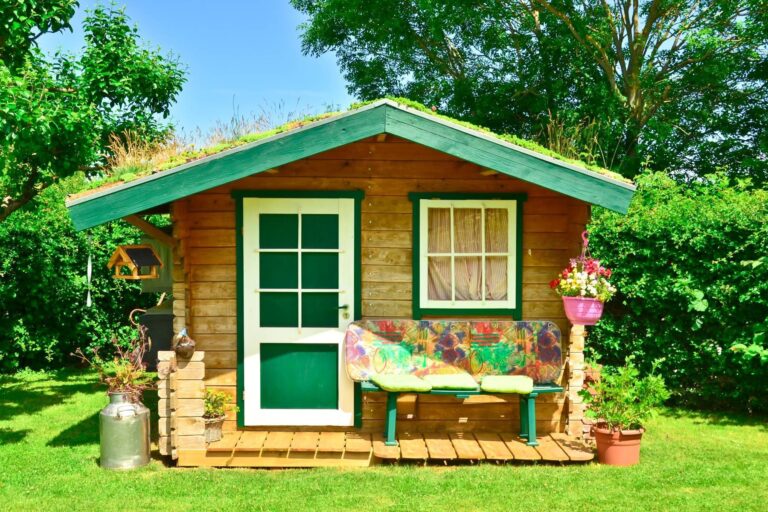Subsidence can be devastating and cost vast amounts of money to put right.
This guide explains the key signs of subsidence you should be looking out for and what you’ll need to do if your property is affected.
What is subsidence?
Subsidence in a house is when the ground underneath the property sinks.
This causes the foundations of the property to become unstable and poorly aligned, causing damage to the property.
When the ground is sinking at different rates across the foundation of the property, this can cause it to become ‘lopsided’.
What are the first signs of subsidence?
Fortunately, subsidence comes with some major signs, so is reasonably easy to spot:
1. Cracks in walls
The most common sign of subsidence is cracks appearing on internal and external walls.
Subsidence cracks are often:
Wider at the top than the bottom
Wider than 3mm at certain points
Found close to doors, windows, and where extensions join the main house
2. Wallpaper ripples
Wallpaper warping or creasing can be a sign of subsidence but can also be caused by condensation in the air.
If your internal windows have signs of condensation first thing in the morning, this is more likely to be the cause of wallpaper ripples.
However, if your property doesn’t suffer with condensation issues, subsidence could be the cause.
3. Tightening of doors and windows
Subsidence cracks often appear next to weak spots in properties, such as doors and windows.
If your windows or doors aren’t fitting correctly when you close them, or they feel tighter than they previously did, this could be a sign of subsidence.
4. Sinking or sloping floors
If your internal floors are sinking, the skirting board above them may have a large gap underneath it.
This can be a major sign of subsidence.
Are all cracks a sign of subsidence?
It’s easy to fear the worst and assume that any crack on a wall is due to subsidence, but often this is not the case.
Cracks can be caused by shrinkage and expansion of plaster in different temperatures – particularly in new homes or on newly plastered walls.
What are settlement and heave?
‘Settlement’ and ‘heave’ are often misdiagnosed as subsidence.
Settlement is common in new properties and occurs when the weight of the new property compacts the ground beneath it, causing some movement.
This can lead to cracks on walls, but these can usually be repaired with no further cause for alarm.
Heave, meanwhile, is when the ground beneath the property’s foundations rises upwards – essentially subsidence but in reverse.
Often this is caused by the ground becoming saturated with water and can push the property’s foundations upwards or sideways.
What is the main cause of subsidence?
There are many issues that can lead to subsidence, including:
1. Trees
Trees that are planted too close to a property and its foundations can cause subsidence.
This is because the tree will take moisture from the soil, causing it to shrink and sink.
2. Clay soil
Of all soil types, clay is most likely to cause subsidence due to the way it changes with the weather.
In hot weather, clay dries out and shrinks, making the ground beneath foundations unstable.
3. Drought
While drought isn’t usually a major problem in the UK, long spells of hot, dry weather can cause soils to compact, leading to subsidence.
4. Leaking drains or pipework
A drain leaking drain or a water main that’s burst can cause the soil beneath a property’s foundations to over soften, meaning the foundations of the property may sink.
5. The property’s age
Older properties may have been built on shallower foundations, making them more prone to subsidence.
6. Mining or quarrying
Homes built on sites of former mines or quarries can be more prone to subsidence.
This is because materials used to fill the sites can decompose, causing the ground to shift under the property’s foundations.
Things you can do to help prevent subsidence
There are various steps you can take to help prevent subsidence, including:
- Planting trees at least 10 metres away from your home, or 40 metres in the case of larger trees
- Catching rainfall in water butts to prevent the soil under your home from becoming waterlogged
- Keeping guttering, pipes and plumbing clear and well maintained to prevent leaks
What should I do if I suspect subsidence?
If you suspect your property may be suffering with subsidence, the first thing to do is contact your buildings insurance provider.
They should be able to send an expert to assess the problem and advise on potential costs, as well as recommending a further course of action to fix the problem.
Can subsidence be fixed
If you believe your property is suffering with subsidence, your buildings insurance provider will send a chartered surveyor to assess the issue.
Depending on the cause of the problem, some of the potential fixes they may recommend include:
1. Tree removal
If subsidence is being caused by a tree close to your property, a tree surgeon may be able to remove it or manage its growth.
2. Fixing drainage problems
Water escaping from drains, or the mains supply can be a major cause of subsidence, so a plumber or your local water services company may be required to fix any leaks.
4. Underpinning
If your property is suffering with serious subsidence and all other possible fixes have been exhausted, underpinning may be required.
Underpinning involves raising, levelling, and supporting the property’s foundation with an additional layer and is costly and time consuming.
Another option is to use a resin polymer injection to fill any gaps in the ground beneath the foundation, stabilising the soil.
Your surveyor will be able to advise on the best course of action.
How much does subsidence devalue a property?
While it’s estimated that subsidence could devalue a property by as much as 20-25%, each case is different and much will depend on the extent of the damage and whether it’s likely to happen again.
How long do you have to declare subsidence?
There’s no time limit stating you no longer have to declare a subsidence issue once it’s been fixed.
If your property has been affected by subsidence in the past and you’re selling, you must let your estate agent know if you’re asked.
Buying a house with subsidence
When viewing properties, always keep an eye out for signs of subsidence.
And ask the seller or estate agent about the property’s history and if any issues with subsidence have occurred before.
If you suspect a property you are keen to buy may have an issue with or history of subsidence, ensure you have a full structural survey carried out.
This should reveal any issues and allow you to make a judgement on whether or not the property is right for you.
If the vendor or agent confirms work has previously been carried out to remedy subsidence, ensure your solicitor or conveyancer obtains the necessary documents showing the work was carried out to regulatory standards.
